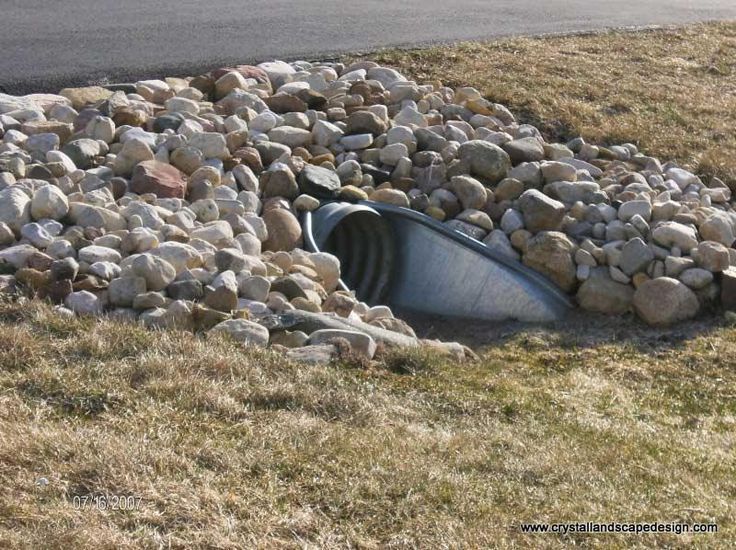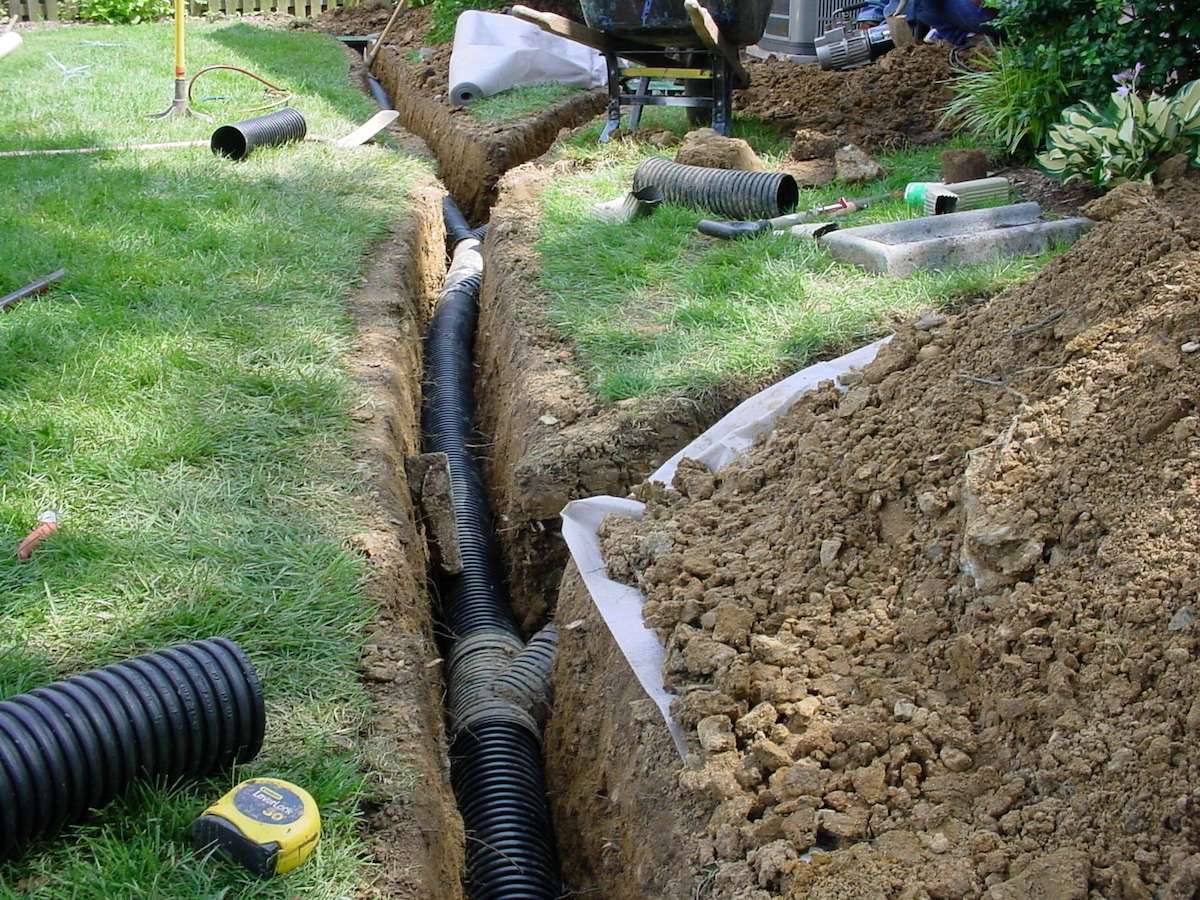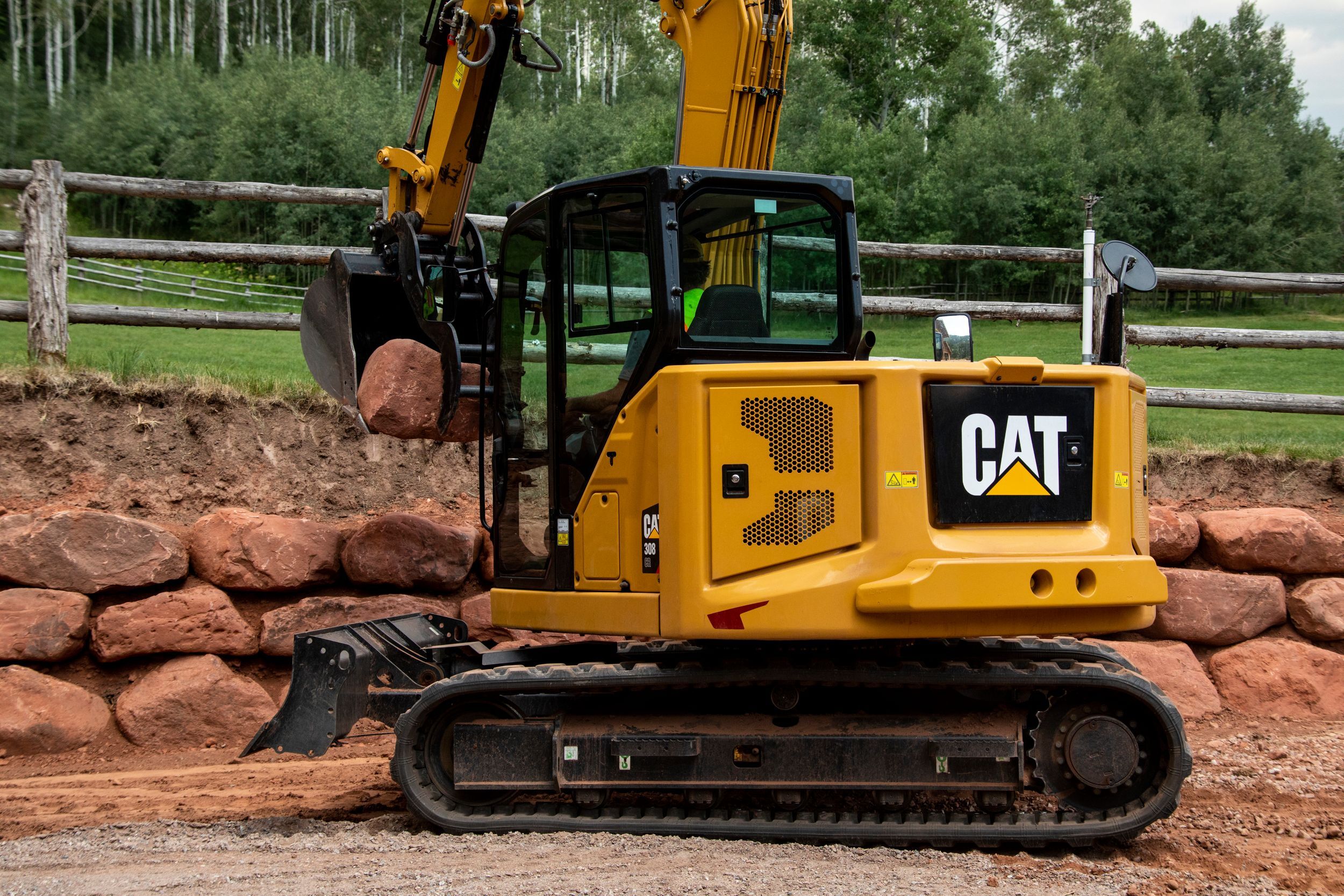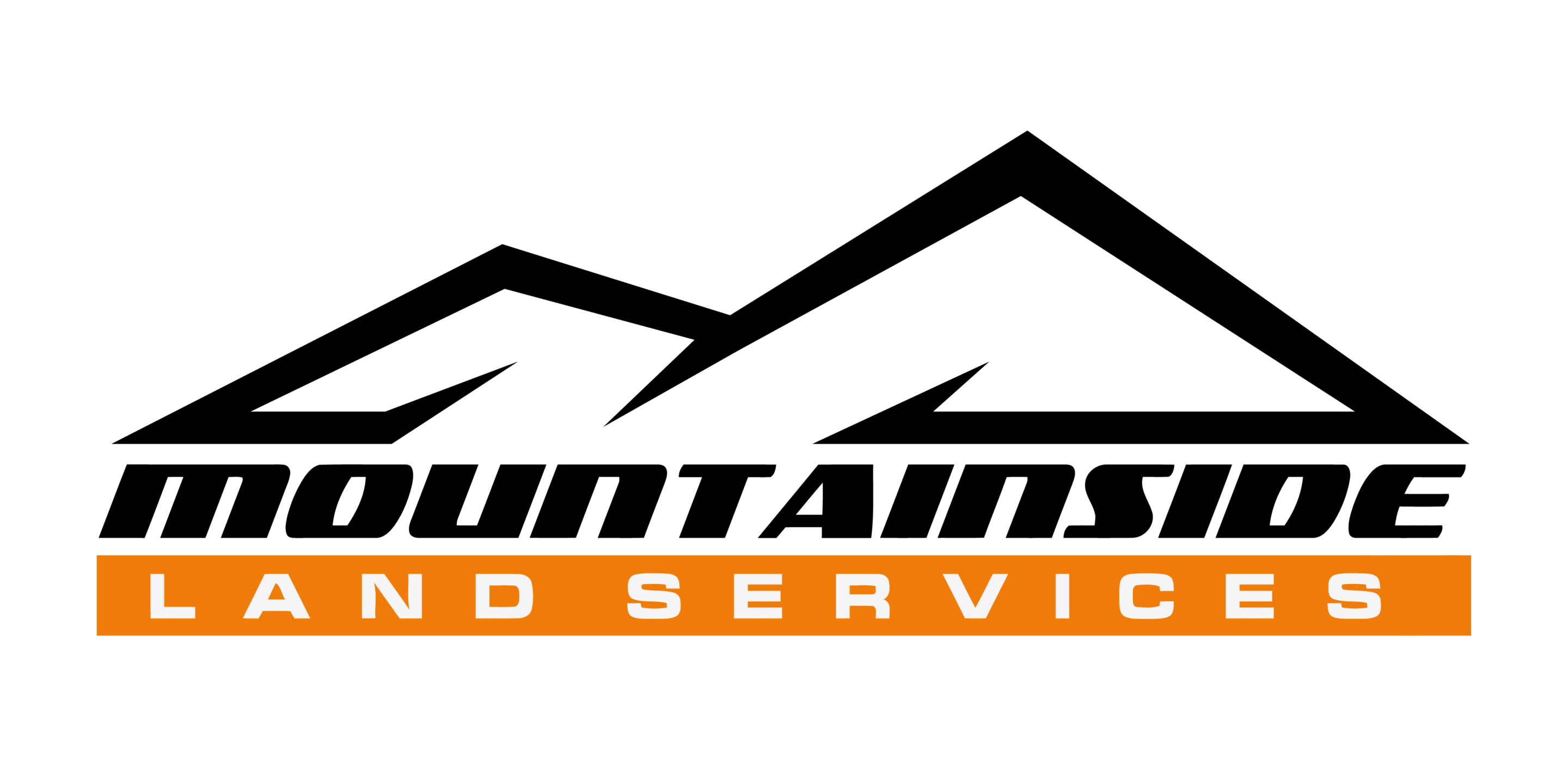Colorado mountain homeowners know the cycle well: months of snow accumulation followed by the spring melt that can transform your property into a miniature watershed overnight.
While spring brings welcome warmth, it also brings risk to mountain properties as snowpack turns to flowing water.
Here’s what you need to know to protect your property from spring runoff damage.
Inspect and Clear Your Drainage Systems Before the Melt

The best defense against spring runoff starts before the snow begins to melt. In late winter or early spring:
- Check all culverts and clear any debris, ice, or sediment
- Clean out gutters and downspouts plugged with winter debris
- Ensure drain grates are free of leaves and pine needles
- Clear snow away from foundation walls
A plugged culvert can force water over your driveway rather than under it, washing out surfaces and threatening your main access.
Similarly, clogged gutters can send water against your foundation instead of away from it.
Direct Snowmelt Away From Critical Areas
Where you push your snow during winter matters when melt season arrives. Plan your snow storage with spring runoff in mind:
- Don’t pile snow against foundation walls
- Keep snow piles away from septic fields
- Create snow storage areas downhill from your driveway and walkways
- Avoid piling snow where melt will cross your driveway
Remember that every inch of snow yields approximately 0.1 inches of water.
A 5-foot snow pile covering 200 square feet can produce over 100 gallons of water when it melts.
Install Temporary Runoff Controls
For problem areas that only occur during spring melt, temporary solutions can be effective:
- Place straw wattles or erosion control logs across slopes to slow water
- Use sandbags to direct water flow away from vulnerable areas
- Install temporary gutter extensions to move water further from foundations
- Create small gravel-filled trenches to channel water to safe discharge points
These temporary measures can be removed once the heavy melt season passes, but can save thousands in potential damage during the critical runoff period.
Watch for Early Signs of Erosion

- Look for water cutting channels in soil or gravel
- Check for undercutting along the edges of driveways and walkways
- Monitor areas where water pools rather than flows
- Watch for soil movement on steep slopes
Early intervention, when you spot a small erosion channel, can prevent it from becoming a major washout.
Keep materials like angular gravel, soil, and erosion-control fabric on hand for quick repairs.
Protect Your Septic System
Mountain septic systems are particularly vulnerable during spring melt:
- Know the location of your leach field and tank
- Keep heavy equipment and vehicles off the septic area during wet periods
- Watch for soggy areas or unusually green grass over the leach field
- Consider having your tank pumped before the heavy melt if it’s near capacity
A septic system in saturated soil can’t process effluent properly, leading to backups or system failure.
Reducing water usage during peak runoff periods can help overtaxed systems cope better.
Be Ready for Driveway Damage
Mountain driveways take the brunt of spring runoff damage:
- Keep drainage ditches along driveways clear of debris and snow
- Have gravel on hand to fill in eroded areas quickly
- Check culverts daily during heavy melt periods
- Look for water running down tire tracks, which can quickly cut channels
Prompt repairs to minor driveway erosion prevent small issues from becoming major reconstruction projects.
Manage Trees and Vegetation
Winter-damaged trees and vegetation need attention before the melt:
- Remove leaning or damaged trees that could fall when soil becomes saturated
- Clear fallen branches from drainage pathways
- Cut back vegetation that might block critical drainage routes
- Consider planting erosion-resistant native species in problem areas before the melt
Native plants with established root systems are your best long-term defense against erosion, but they need to be established before the runoff begins.
Create a Spring Runoff Action Plan
Mountain properties benefit from a systematic approach to spring melt:
- Identify your property’s natural drainage patterns
- Mark key infrastructure like culverts, drains, and ditches
- List areas that have shown problems in previous years
- Prepare supplies for emergency repairs
- Know who to call if you need professional help
Having a plan turns the spring melt from a season of worry into a manageable maintenance period.
When to Call Professionals

Some spring runoff issues require professional intervention:
- Significant erosion threatening structures
- Failed culverts or drainage systems
- Unstable slopes showing signs of movement
- Water entering your foundation or crawlspace
Professional advice before the melt can identify potential problems while they’re still preventable.
At Mountainside Land Services, we help mountain property owners prepare for spring runoff with preventative measures that protect their investment when the snow begins to melt.
For help preparing your property for spring runoff, contact us at 720-303-1449 to schedule a pre-season assessment.
